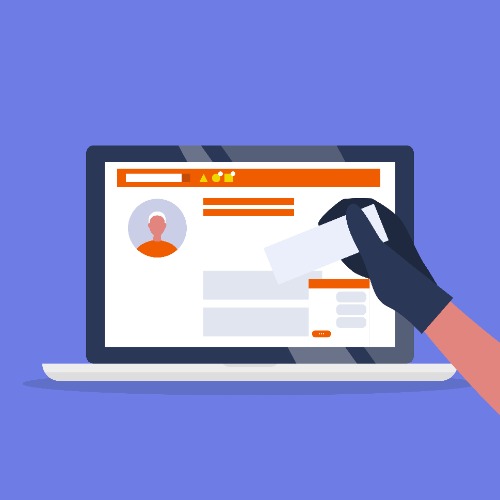The CSO Global Intelligence Report: The State of Cybersecurity in 2021 shares some interesting statistics on cybersecurity and the rate of infections. First, over 50% of those surveyed confirmed experiencing an increase in security incidents over the last year. What is more alarming is, nearly half of those infected reported economic damages, loss of productivity, and data leaks including personally identifiable information. Perhaps this is why, attack prevention is now top of mind.
What is the solution?
By in large the solution appears to be “spend more money.” Approximately 43% of respondents are planning to increase their attack prevention efforts, while others plan to focus on cloud, network, and privacy security.
What remains unclear is what those attack prevention efforts look like. Of course, the idea is to prevent a cyber incident before it happens; however, organizations must understand what that looks like before spending a plethora of cash on a quick fix.
Gold Standard to Attack Prevention
Application whitelisting has long been identified as the gold standard for cyber threat prevention. Due to its nature of only permitting tested and proven safe programs to run, the risk of malware worming past this approach is few and far between. Although application whitelisting is far from new, the evolution of this proactive approach is quite astounding.
Years ago, application whitelisting required the organizations to do all of the leg work. They were responsible for developing their personalized whitelist of good programs, and investigate any unknown programs that attempted to run on the network. The deployment and maintenance of traditional application whitelisting solutions was not feasible. It created hefty workloads, and left much to be desired.
Taking notice, security vendors began to understand it is their responsibility to develop and maintain the whitelist. To address this, a global whitelist was developed. Now, organizations can now deploy this default-deny approach to their networks without the development and maintenance hassle. This list is created and maintained by the security vendor, completely eliminating the increased workload on the organization’s staff. Additionally, there are whitelisting solutions that can be layered on top of existing security stacks. Therefore, allowing for immediate attack prevention security without having to completely rip and replace existing solutions.
Access the full CSO Global Intelligence Report: The State of Cybersecurity in 2021 here.




